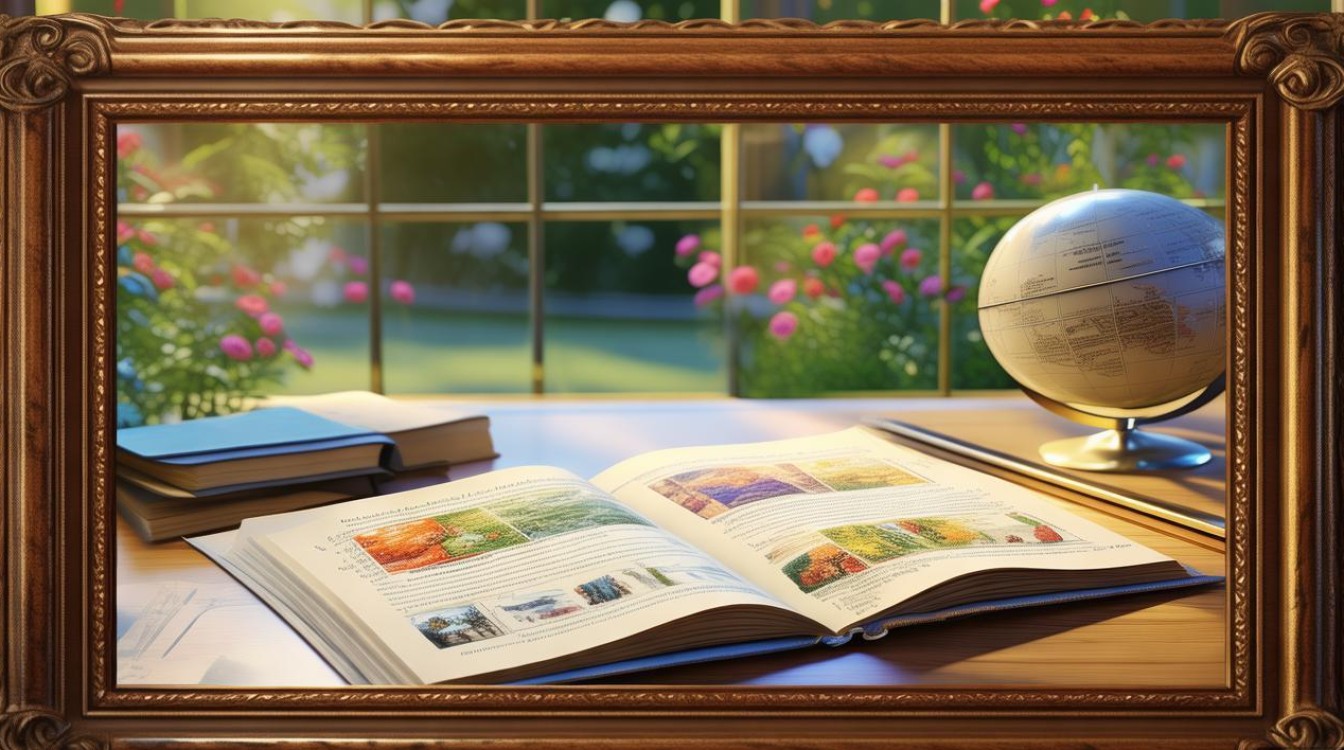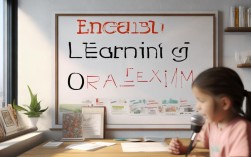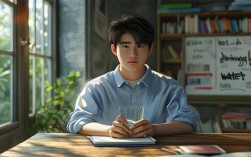在雅思口语Part 1, 2, 3 中讨论 "Art" (艺术) 这个话题非常常见,下面我将为你提供全面的备考指南,包括核心词汇、高分思路、各部分范例回答以及实用技巧,助你在这部分取得高分。

Part 1: Introduction and Interview
这部分是简单的问答,考官想了解你与“艺术”的基本关系。
高频问题与思路解析
Do you like art?
- 思路: 直接回答喜欢,然后展开说明喜欢什么类型的艺术,以及为什么喜欢。
- 回答范例 (Band 7+):
"Absolutely, I'm a huge fan of art. I find it to be a fantastic way to express emotions and ideas that words sometimes can't capture. It's like a universal language that everyone can appreciate in their own way."
Did you like art when you were a child?
- 思路: 对比过去和现在,可以说小时候喜欢,但形式不同(比如喜欢涂鸦),现在更喜欢成熟一些的艺术形式。
- 回答范例 (Band 7+):
"Yes, I did! When I was a kid, my 'art' was mostly just doodling and coloring in books. I wasn't very good at it, but I loved the freedom of just creating something with my hands. Now, I appreciate more structured forms of art, like paintings and sculptures."
What kind of art do you like?
- 思路: 具体化!不要只说 "I like paintings." 要说出具体的流派、艺术家或作品。
- 回答范例 (Band 8+):
"I'm particularly drawn to Impressionism. Artists like Monet and Van Gogh have a unique way of capturing light and atmosphere. I love how their brushstrokes are visible, making the painting feel alive and full of movement. It's very different from the hyper-realistic art I also admire."
Have you ever been to an art gallery or a museum?
- 思路: 回答“是”,并描述一次具体的经历,可以说说看到了什么,有什么感受。
- 回答范例 (Band 7+):
"Yes, I have. I went to the National Art Museum in Beijing last year. I was blown away by a collection of traditional Chinese landscape paintings. The detail and the sense of tranquility they evoked were just breathtaking. It was a very peaceful and inspiring experience."
Do you think art is important?
- 思路: 肯定回答,并从多个角度阐述其重要性(文化、历史、个人、社会)。
- 回答范例 (Band 8+):
"Definitely. I believe art is incredibly important for several reasons. Firstly, it's a vital part of our cultural heritage, preserving history and traditions for future generations. Secondly, on a personal level, it can be incredibly therapeutic, allowing people to process complex emotions. Finally, it has the power to challenge perspectives and spark important social conversations."
Part 2: Long Turn (个人陈述)
Describe a piece of art (e.g., a painting, sculpture, or installation) that you like. You should say:
- what it is
- where you saw it
- what it looks like
- and explain why you like it.
高分回答思路与范例
Step 1: 结构化你的回答 (1-2分钟)
- Introduction: 直接点明你选择的艺术品。
- Where & When: 描述你第一次看到它的场景和时间。
- Description: 用生动的语言描述它的样子(颜色、构图、主题、给你的感觉)。
- Why you like it: 这是核心,从情感、技巧、故事等多个层面解释。
范例回答 (Band 8-9):
"I'd like to talk about a piece of art that has always fascinated me. It's a painting called 'Starry Night' by the Dutch post-impressionist artist Vincent van Gogh.
(What it is & Where you saw it) I first saw a reproduction of it in an art history book when I was in high school, but I was truly captivated when I saw the original at the Museum of Modern Art in New York a few years ago. Standing in front of the actual canvas was a completely different experience.
(What it looks like) The painting depicts a swirling night sky over a quiet town. The most striking feature is the sky itself, which is a turbulent mix of deep blues and vibrant yellows. The stars and the moon look like orbs of light, radiating energy. Below, the town is serene, with dark, sleeping houses and a cypress tree in the foreground that looks like a dark flame reaching up towards the sky. The thick, visible brushstrokes give the entire scene a sense of movement and emotion, as if the night itself is alive.
(Why you like it) There are several reasons why I'm so drawn to 'Starry Night'. Firstly, on an emotional level, it feels both chaotic and peaceful. The turbulent sky seems to reflect Van Gogh's inner turmoil, yet the quiet village below offers a sense of calm and order. This contrast is incredibly powerful.
Secondly, I admire the sheer technical brilliance. Van Gogh's use of impasto—applying paint thickly—creates a textured, three-dimensional quality. It’s not just a picture of a starry night; it feels like a starry night.
Finally, it connects me to the story of the artist. Knowing that Van Gogh painted this while he was in an asylum adds a layer of poignancy. It's a testament to how beauty and profound creativity can emerge from the depths of human suffering. For me, it's a masterpiece that transcends time and speaks directly to the soul."
Part 3: Two-way Discussion (深入讨论)
考官会根据你的Part 2回答,提出更抽象、深入的问题。
Why do you think some art is expensive while other art is not?
- 思路: 从多个角度分析,如艺术家声望、稀缺性、历史价值、材料成本、市场供需等。
- 回答范例 (Band 8+):
"I believe the value of art is a complex mix of factors. Primarily, it comes down to the artist's reputation and historical significance. A painting by a master like Da Vinci is priceless because of its unique place in history. Secondly, scarcity plays a huge role; the fewer pieces there are, the more valuable they become. Furthermore, there's the subjective element of public perception and market trends. What's considered valuable can change over time. Lastly, while materials and the artist's time are a factor, they often represent a small portion of the final price compared to the intangible value of the name and the story behind the work."
Do you think art should be taught in schools? Why?
- 思路: 支持观点,并阐述艺术教育的多重好处(创造力、批判性思维、文化理解、情感表达)。
- 回答范例 (Band 8+):
"Absolutely, I think art education is crucial in a well-rounded curriculum. It's not just about creating future artists; it's about developing essential life skills. Firstly, it fosters creativity and innovation, which are vital in today's world, not just in the arts but in science and business. Secondly, studying art history and different cultures helps build empathy and a broader global perspective. It allows students to understand different values and histories visually. Finally, it provides a non-verbal outlet for self-expression, which can be especially beneficial for students who struggle to articulate their feelings through words."
In your opinion, what makes a piece of art 'good' art?
- 思路: 这是一个开放性问题,可以从技术、情感共鸣、原创性、文化意义等方面讨论,承认主观性很重要。
- 回答范例 (Band 9):
"That's a profound question, and I think the answer is quite subjective. However, I believe 'good' art generally possesses a few key qualities. Firstly, there's a high level of technical skill and craftsmanship—the artist has clearly mastered their medium. Secondly, and perhaps more importantly, it has the ability to evoke an emotional response or make the viewer think. A piece of good art stays with you long after you've seen it. Thirdly, it often has a sense of originality or a unique perspective. It doesn't just copy what's been done before but offers something new. Ultimately, a piece of art is 'good' if it successfully communicates the artist's vision and creates a meaningful connection with its audience, regardless of whether that audience understands all the technical details."
核心词汇与短语
- Nouns (名词):
- Painting, sculpture, drawing, installation, photography
- Artist, painter, sculptor, creator
- Gallery, museum, exhibition, collection
- Masterpiece, masterpiece, artwork, piece











